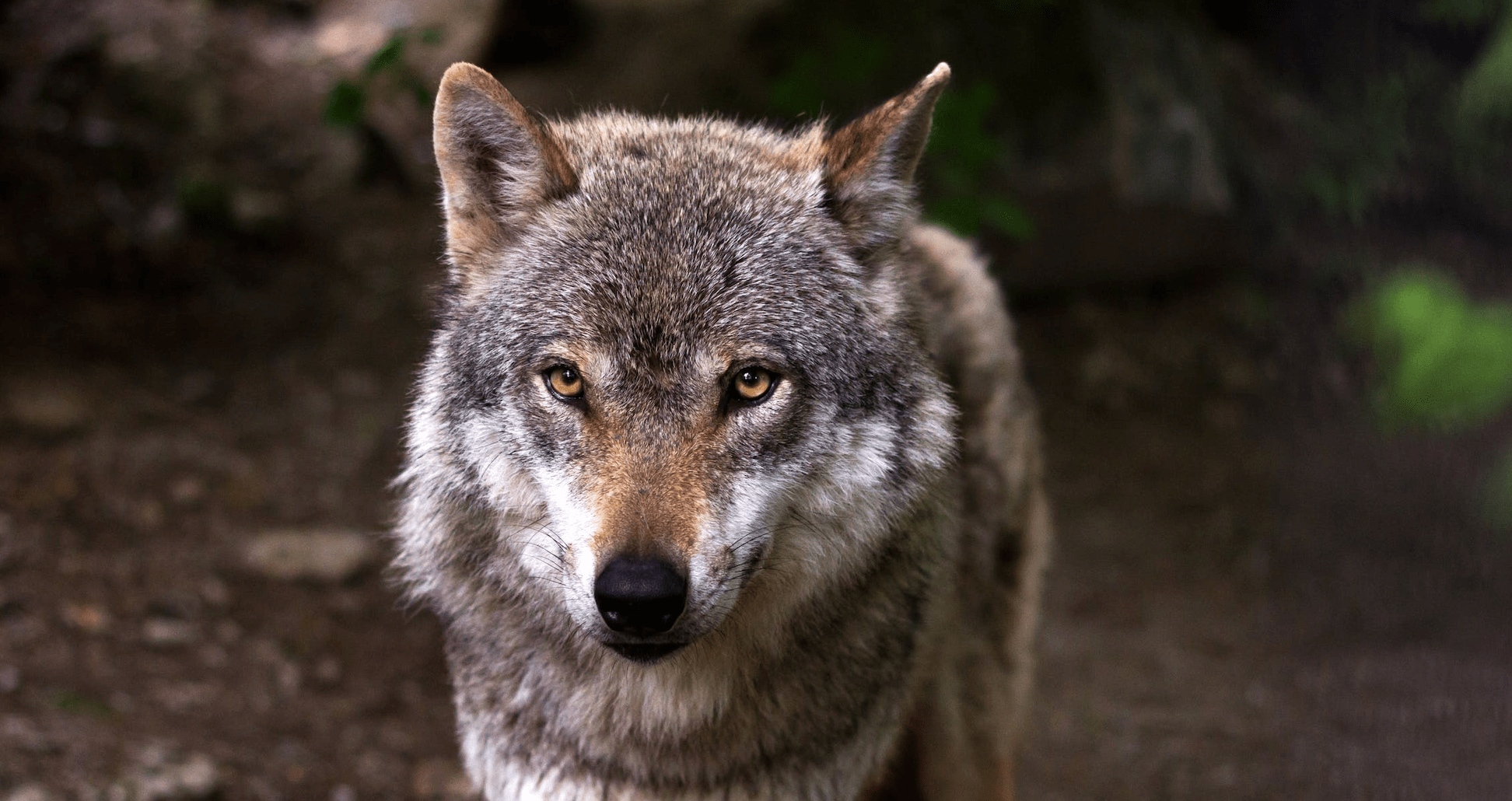STEAMBOAT SPRINGS – About 100 ranchers from northwest Colorado gathered Wednesday evening to hear Colorado Parks & Wildlife (CPW) and Wildlife Services personnel present information about the reintroduction of grey wolves into western Colorado. Officials answered questions about how to prevent wolf depredations on livestock, as well as how the state will compensate ranchers for losses.
Carhart overalls, cowboy hats, and wildlife officer uniforms filled a meeting room at the Steamboat Community Center.

Wildlife managers Justin Pollock and Kyle Bond outlined options for ranchers affected by wolf depredation against livestock (cattle, horses, mules, burros, sheep, lambs, swine, lamas, and alpacas), livestock guardian dogs, or herding animals. Damage can include death, injuries treated by veterinarians, weight loss, or conception losses due to stress, injury or predation.
Compensation for wolf damages goes beyond the longstanding compensation for damages by big game, such as bear, and cougar predation or ungulates eating winter hay. The difference is that wolves are a reintroduced species and not part of the normal mix of big game animals in Colorado; therefore compensation is greater.
Basically, said Pollock and Bond, the state shall pay 100 percent of the fair market value for the type, age, and weight of each confirmed wolf-livestock depredation.

Kris Middledorf, Area 10 manager for the Steamboat region, readily acknowledged that sometimes it can be tough to establish what killed or injured a livestock animal. If the majority of evidence indicates it was a wolf, it will be compensated as a wolf kill or attack. Evidence can include the size of the bite and depth of fangs, DNA samples, nearby scat, paw prints in the area, or trail camera images that a wolf was nearby.
But what happens, asked several ranchers, if there is no evidence of a kill, but simply a missing lamb, calf, sheep or cow? Predators can carry off animals, leaving no concrete proof what killed the missing animal.
Pollock and Bond explained that in that case, CPW wanted to use compensation rates to encourage livestock growers to use conflict minimization tools and techniques. In other words, there’s greater compensation if those tools and techniques are used, than not.
If conflict minimization tools are used,…
If the livestock grower is using available tools and techniques, then up to seven calves and sheep can be claimed for each confirmed depredation, not to exceed the actual number of documented calves/sheep that are missing.
And, up to 1.25 missing yearlings can be claimed for each confirmed depredation, not to exceed the actual number of documented missing yearlings.
If conflict minimization tools are not used…
Up to five missing calves/sheep can be claimed for each confirmed depredation, or up to one missing yearling can be claimed for each confirmed depredation. In both cases, not to exceed the actual number of missing animals.
Data to the rescue
Acknowledging that there could be wolf depredations that would not be compensated without at least one proof of depredation, Pollock and Bond said that itemized production losses could be compensated without proof of wolf predation, if those losses exceed a three-year baseline of missing animals, decreased weight gains or decreased conception rates.
For example, say a rancher averaged a loss of two calves per year over three years, and then the annual average loss jumped to five per year. The excess three would be assumed to be victims of wolf predation and compensation would be made. (The above applies only to calves, sheep, or yearlings, and not to other livestock.)
Conflict minimization
Wildlife specialist Josh Dilley walked the roomful of livestock growers through the use of conflict minimization tools and techniques. Tools include scare devices such as flashing or moving lights, propane cannon noise makers, and shell crackers – things designed to startle an approaching wolf and prompt it to flee.
There is also fladry – brightly colored strips of plastic tied to fence wires. Breezes cause the fladry strips to flap and move in the air – again startling wolves and prompting them to run away. Fladry can be tied to regular or electrified fencing. Because wolves can become habituated to fladry and test it, a shock from an electrified fence can, through association, make fladry scary again and effective over a longer period, said Dilley.
These tools are available to be loaned to ranchers who formally request them. Because CPW has a limited supply of these tools, requests are evaluated on factors such as proximity of wolves to livestock, whether any livestock in the neighborhood have been harmed, the time of year and location of the pasture where these tools might be used. The Colorado Department of Agriculture, CSU Extension Service, and CPW are working together to develop ways to educate livestock growers on how to use these tools, as well as various techniques.
Ways To Protect Livestock and Other Ranch or Farm Animals from Wolves
Wolf depredation mitigation techniques include:
- Livestock Guard Dogs. Wildlife Services favors two breeds of LGDs – Kangal dogs from Turkey and Karakachan dogs from Bulgaria and Greece. The fawn-colored Kangal has a black mask and has the strongest jaw muscles in the canine world. The black-and-white Karakachan is known as a wolf killer. Here in Colorado, Wildlife Services is raising Kangals and can donate two puppies to a qualifying livestock producer, to aid in the protection of flocks and herds. The dogs must be habituated to humans and livestock over the course three years before they are ready to defend livestock and use escalating aggression to combat predators.
- Range riders and herders. CPW does not have range riders it can assign or loan out to ranchers, although Washington State does. Many wool growers hire sheep herders from South America or Spain. Range riders and herders are often the first human to become aware of predators such as wolves, and can tell owners if preventative efforts need to be stepped up.
- Intensive grazing. Also known as rotational grazing, it allows owners to graze flocks and herds in smaller, easier-to-defend pastures.
- Herd composition. Some breeds of cattle have stronger maternal or defensive instincts. Second-year mothers do better at raising calves than heifers, and some breeds have a stronger instinct to bunch up, with adults facing out toward threats. Longhorn cattle are very good at this.
- Carcass management. Dilley said leaving a dead animal on the ground is a great way to attract wolves, who are also scavengers. Removal, burial or cremation all work, but all take time and money. Middledorf said CPW is working with counties, cattle and wool associations, and growers, toward the goal of removing carcasses as soon as possible and thus minimizing attracting wolves. “We need buy-in from everyone involved,” he said.




